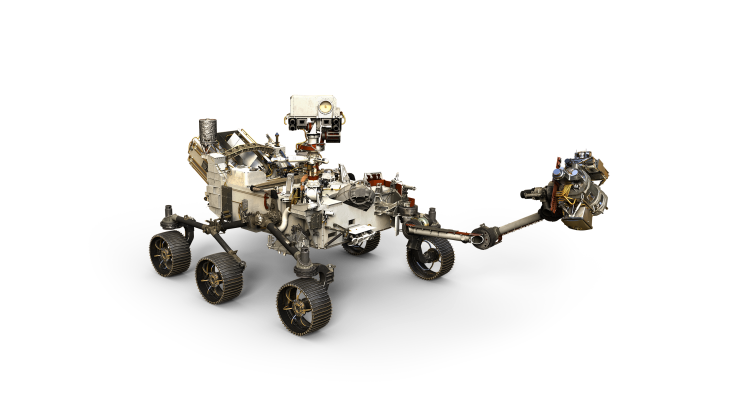NASA Missions: AI Spacecraft Could One Day Run Missions Without Directions From Humans

Future space missions are going to reach the deepest part of the final frontier. Some of those missions, like those planned to Mars, may carry humans. But some unmanned missions will rely on technology that either has to be controlled by humans or have the capacity to act autonomously. An article in the journal Science: Robotics, written by NASA Jet Propulsion Laboratory employees Steve Chien and Kiri Wagstaff, emphasizes the importance autonomy will play in future space exploration.
Researchers currently conduct their work through the remotely controlled robotic spacecraft. The Mars rovers, Kepler space telescope and Cassini oribiter are all examples of spacecraft controlled from Earth to capture the data and images that have offered researchers insight into space. But Chien and Wagstaff said autonomous craft are going to be key for future missions.
The researchers said the best way to create autonomous spacecraft is to make sure they know exactly what they’re looking for. That way if they run into something different, they will “know” in the sense that the unusual finding is something to examine. This can be done for studies that are planned for areas of space on which researchers already have information. The real challenge is how to do this when a craft is embarking on a new study, one where the information beforehand is limited.
“But for new environments, we want to let the spacecraft build a model of normality based on its own observations. That way, it can recognize surprises we haven't anticipated,” Wagstaff, a data scientist at JPL, said in a NASA press release. An example of a situation like this could be eruptions on ocean worlds, Chien said in the same release. If the craft could identify such events, it could then make a snap “decision” to turn its attention to the eruptions and gather more information on them.
Read: Man vs. Machine: Robot Calls Police After Being Attacked By Drunk Man
This sort of autonomous quick thinking is not yet something all of NASA’s spacecraft are equipped to do. Some, like the Opportunity rover on Mars, can do this in a sense. It’s programmed to choose laser targets based on parameters from its science team. This helps cut out the middle step of connecting with scientists back on Earth before homing in on a target. It already can tell when the target is worth studying. This is the sort of autonomy the researchers hope all craft will have in the future.
Such autonomous systems are in the works for NASA’s Mars rover scheduled for a 2020 launch. But as of now the technological advances of artificial intelligence still can’t replace the human touch when it comes to research. It’ll take some time before spacecraft are able fully to complete missions autonomously, the article said.
© Copyright IBTimes 2025. All rights reserved.



















